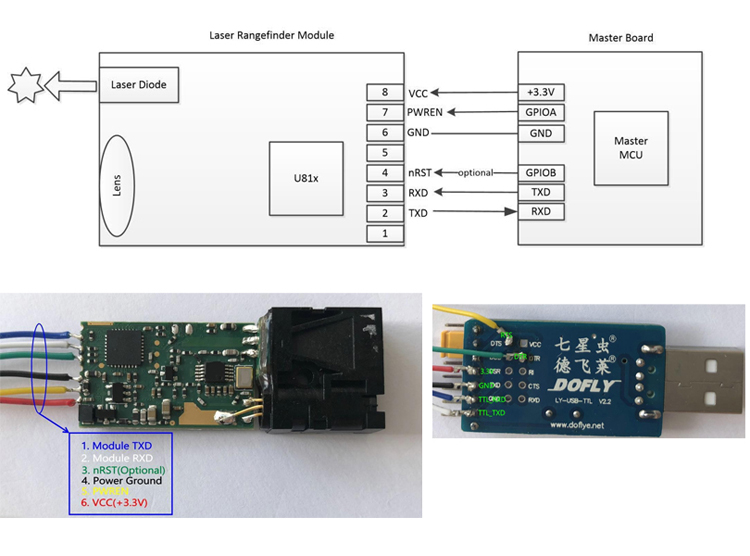1. Partial application of nitrogenous fertilizers and neglecting the use of phosphorus and potassium fertilizers with too much nitrogen can easily result in lengthy stems and leaves, weak tissues, and reduced resistance to diseases. In particular, partial application of nitrogen fertilizer at the later stages of growth and development causes crop greediness, affects reproductive growth, and hinders the transformation of nutrients. Instead, the output is reduced and the quality is reduced. Therefore, the application of nitrogen fertilizer should be timely, appropriate, but also with phosphorus, potassium in conjunction with the application, in order to promote crop reproduction and increase production.
2. Neglecting the application of trace elements only pays attention to the application of nitrogen, phosphorus, and potassium. It is believed that the needs of crop growth can be met and the application of trace elements is ignored. The consequence is that trace elements cannot keep up with, which not only affects the absorption and utilization of a large number of elements and causes waste, but also leads to plant malformation, fruit drop, fruit production, and quality decline due to the lack of trace elements. Therefore, the type and amount of fertilization should be determined according to the growth characteristics of the plants. While applying a large amount of nitrogen, phosphorus, potassium and other elements, combined with the application of iron, manganese, zinc, boron and other trace elements, in order to ensure the normal growth and development of crops .
3. The more fertilization, the better the amount of fertilizer applied. Although sometimes the output and income are increased, the actual income is not high because of the high cost; sometimes, the vegetative growth of the plant is too strong and the growth of the genital organs is only promoted because it only promotes uncontrolled growth. Insufficient, production declines, and counterproductive. Therefore, according to the characteristics of fertilizer requirement, soil fertility, crop planting density, etc. during the whole crop growth period, the principle of adequate supply but no waste should be used to find out the best fertilization plan, give full play to fertilizer efficiency, and increase economic efficiency.
4. After fertilization is applied after fertilization, it takes some time for it to be absorbed and used. Therefore, when the crop appears to be fertilized after fertilization, it will cause the crop to lose fertilizer for a long time and cause a reduction in production. Therefore, fertilization should be based on the characteristics of the crop needs fertilizer and light, temperature, water, fertilization methods and other factors to determine the fertilization time.
5, shallow application of fertilizer or shallow application of fertilizer applied to the table, the fertilizer is volatile, loss or difficult to reach the roots of crops, is not conducive to crop absorption, resulting in low fertilizer utilization. Therefore, fertilization should be based on the growth of the plant's aboveground and underground root growth conditions to determine the location of fertilization to ensure the effect of fertilization.
6, blindly use "a shelling" fertilization method One-time fertilization must master the fertilization techniques and fertilization methods, blind use of one-time fertilization method, will inevitably lead to reduced production. For example, slope-cultivated farmland and land-leakage landfills are subject to one-time fertilization, which can easily result in the loss of fertilizers, leading to later de-fertilization. Fertile soil plots are subject to one-time fertilization. Excessive supply of nitrogen fertilizer in the early stage will lead to prolonged and prolonged lodging of early crops.
New product of U85 micro laser distance sensors use highly focused class 2 laser to detect objects or measure distances, and can return a measured value via varieties intface( serial, usb, rs232, rs485, bluetooth etc.). The electronic distance sensor is a very small Laser Distance Sensor, but high resolution up to 1mm and long distance measuring sensor - teachable measuring range of up to 30m. Extremely accurate distance sensing sensors, errors down to ± 1mm. And the mini sensors and measurements support continuous measurement function, great for compact solutions(eg: robots) with the smallest Laser Distance Sensor of the world!

Parameters of U85:
Accuracy
±1 mm (0.04 inch)
Measuring Unit
mm
Measuring Range (without Reflection)
0.03-20m/0.03-30m
Measuring Time
0.1~3 seconds
Laser Class
Class II
Laser Type
620nm-690nm, <1mW
Size
41*17*7mm (±1 mm)
Weight
About 4g
Voltage
DC2.0~3.3V
Electrical Level
TTL/CMOS
Certifications
CE, FCC, RoHS, FDA
Operating Temperature
0-40 ℃ (32-104 ℉ )
Storage Temperature
-25~60 ℃ (-13~140 ℉)
Mini Laser Distance Sensor,Optical Laser Distance Sensor,Smallest Laser Range Sonsor,Laser Measuring Sensor
Chengdu JRT Meter Technology Co., Ltd , https://www.cdlaserdistancemodule.com